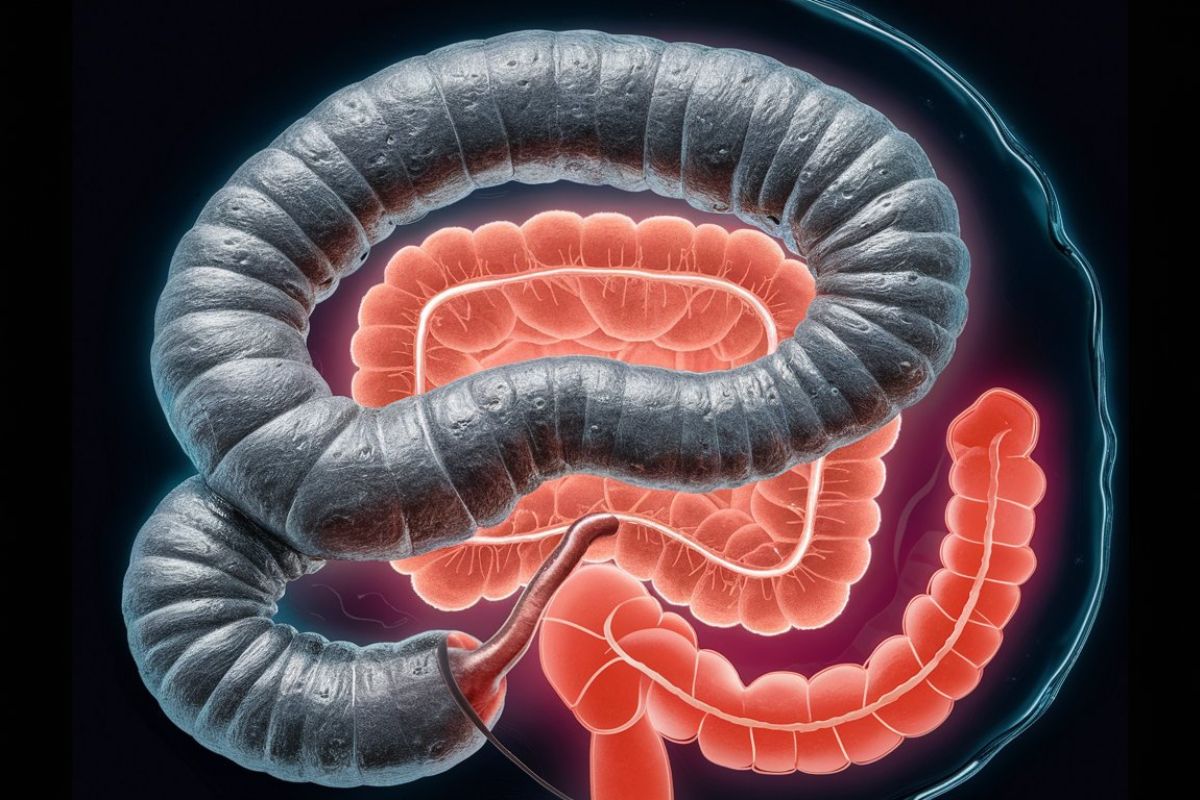
Angiostrongyliasis is a disease caused by parasitic worms, specifically Angiostrongylus cantonensis and Angiostrongylus costaricensis. These parasites primarily affect rats but can also infect humans, leading to serious health issues. Humans typically contract the disease by consuming raw or undercooked snails, slugs, or contaminated produce. Symptoms can range from mild headaches and fever to severe neurological problems. Understanding the transmission, symptoms, and prevention of angiostrongyliasis is crucial for safeguarding health. This blog post will provide 25 essential facts about angiostrongyliasis, helping you stay informed and protected. Whether you're a student, a health enthusiast, or just curious, these facts will offer valuable insights into this lesser-known but significant disease.
What is Angiostrongyliasis?
Angiostrongyliasis is a parasitic infection caused by the nematode Angiostrongylus cantonensis. This parasite primarily affects rats but can also infect humans, leading to serious health issues. Here are some intriguing facts about this condition.
- Angiostrongylus cantonensis is commonly known as the rat lungworm.
- The parasite primarily resides in the pulmonary arteries of rats.
- Humans usually get infected by consuming raw or undercooked snails, slugs, or contaminated vegetables.
- The infection is most prevalent in Southeast Asia and the Pacific Islands.
- Symptoms in humans can range from mild to severe, including headaches, neck stiffness, and neurological issues.
How Does Angiostrongyliasis Spread?
Understanding the transmission of Angiostrongyliasis can help in preventing the infection. The parasite has a complex life cycle involving multiple hosts.
- Rats are the definitive hosts where the adult worms live and reproduce.
- Snails and slugs act as intermediate hosts, harboring the larvae after ingesting rat feces.
- Humans are accidental hosts and do not contribute to the parasite's life cycle.
- Consuming raw or undercooked intermediate hosts is the primary mode of human infection.
- Contaminated water and vegetables can also be sources of infection.
Symptoms and Diagnosis
Recognizing the symptoms and getting a proper diagnosis is crucial for effective treatment. The symptoms can vary widely, making diagnosis challenging.
- Early symptoms include severe headaches and neck stiffness.
- Neurological symptoms may develop, such as tingling or painful feelings in the skin.
- Some patients experience nausea, vomiting, and fever.
- In severe cases, the infection can lead to meningitis.
- Diagnosis often involves a combination of clinical symptoms and laboratory tests, including cerebrospinal fluid analysis.
Treatment and Prevention
While there is no specific treatment for Angiostrongyliasis, supportive care can help manage symptoms. Preventive measures are essential to avoid infection.
- Pain relievers and corticosteroids are commonly used to manage symptoms.
- In some cases, lumbar punctures are performed to relieve pressure from cerebrospinal fluid.
- Avoiding raw or undercooked snails, slugs, and contaminated vegetables is crucial.
- Properly washing and cooking food can significantly reduce the risk of infection.
- Public health education campaigns in endemic areas help raise awareness and prevent outbreaks.
Global Impact and Research
Angiostrongyliasis is a growing concern worldwide, with increasing cases reported in various regions. Ongoing research aims to better understand and combat this parasitic infection.
- Cases have been reported in the United States, particularly in Hawaii and the southern states.
- Climate change and global trade are contributing to the spread of the parasite.
- Researchers are exploring new diagnostic methods to improve early detection.
- Studies are being conducted to develop effective treatments and vaccines.
- International collaboration is essential for controlling the spread and impact of Angiostrongyliasis.
Final Thoughts on Angiostrongyliasis
Angiostrongyliasis, caused by the rat lungworm, is a serious illness that can affect both humans and animals. Understanding its transmission, symptoms, and prevention is crucial. The disease spreads primarily through contaminated food and water, often involving snails and slugs. Symptoms range from mild headaches to severe neurological issues. Early detection and treatment are vital for better outcomes.
Preventive measures include thoroughly washing produce, avoiding raw or undercooked snails, and controlling snail populations in gardens. Public awareness and education play significant roles in reducing infection rates. By staying informed and taking simple precautions, the risk of contracting angiostrongyliasis can be minimized. Stay vigilant, keep your food clean, and educate others about this lesser-known but impactful disease.
Was this page helpful?
Our commitment to delivering trustworthy and engaging content is at the heart of what we do. Each fact on our site is contributed by real users like you, bringing a wealth of diverse insights and information. To ensure the highest standards of accuracy and reliability, our dedicated editors meticulously review each submission. This process guarantees that the facts we share are not only fascinating but also credible. Trust in our commitment to quality and authenticity as you explore and learn with us.


